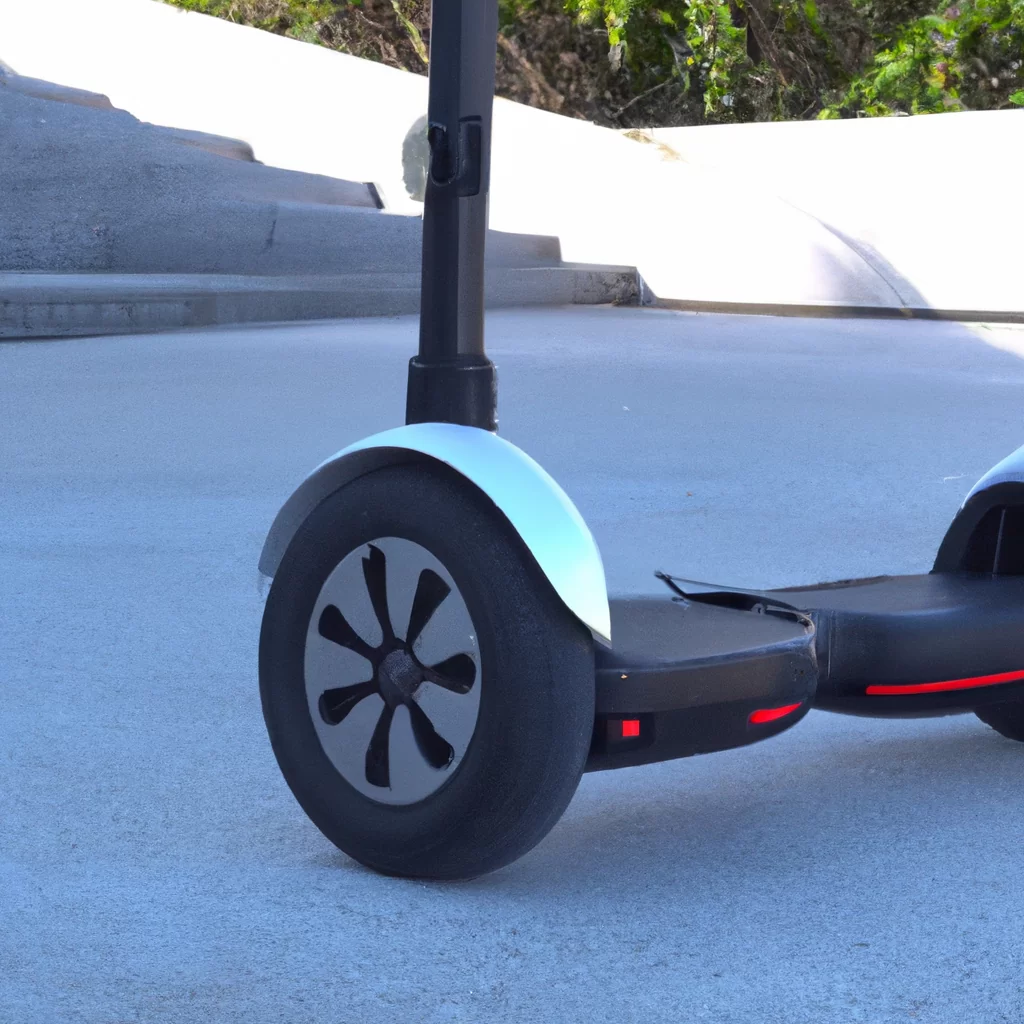How does a segway work?


How does a segway work?
The Segway is a personal transportation device that revolutionized the way people move around. It is a self-balancing electric vehicle that can carry a person at speeds of up to 12.5 mph. The Segway has become a popular mode of transportation for short distances, especially in cities where traffic congestion can be a major problem. In this article, we will explore the Segway technology, how it works, and its history.
Segway Technology
The Segway is made up of several key components, including the wheels, the motor, the batteries, the sensors, and the balancing system. The wheels are located at the bottom of the device and are powered by electric motors. The motors are powered by lithium-ion batteries that can be recharged using a standard electrical outlet.
The Segway balancing system is what makes the device unique. It uses three gyroscopic sensors and two tilt sensors to continuously monitor the rider’s movements and adjust the speed and direction of the device accordingly. The sensors are mounted on a platform that is connected to the wheels and the handlebars. When the rider leans forward, the sensors sense the movement and increase the speed of the device. When the rider leans back, the sensors slow down the Segway.
How Does a Segway Work?
The Segway works by responding to the rider’s movements. When the rider leans forward, the Segway moves forward, and when the rider leans back, the Segway slows down or stops. The device can also turn left or right by using the handlebars. The Segway is controlled by a computer that uses algorithms to calculate the rider’s movements and adjust the speed and direction of the device accordingly.
The Segway is a very stable device because of its sophisticated balancing system. The sensors constantly monitor the rider’s movements and make adjustments to keep the device upright. The Segway can even be used on uneven surfaces because it can adjust to changes in terrain. The device is also very maneuverable because it can turn in place, making it easy to navigate tight spaces.
Segway History
The Segway was invented by Dean Kamen and was first introduced in 2001. Kamen had a vision of creating a device that would revolutionize the way people moved around. He spent several years working on the design and the technology behind the Segway. The device was initially marketed as a revolutionary new mode of transportation, but it soon became clear that it had other uses as well.
The Segway has been used for a variety of purposes, including security patrols, warehouse operations, and even golf course maintenance. It has also become a popular tourist attraction in many cities around the world. The Segway has been used in movies and TV shows, and it has even been used by the US Postal Service for mail delivery in some cities.
Conclusion
The Segway is a remarkable device that has changed the way people move around. Its sophisticated balancing system and responsive controls make it a very stable and maneuverable device. The Segway has many uses, from personal transportation to industrial applications. Its inventor, Dean Kamen, had a vision of creating a device that would revolutionize the way people moved around, and he succeeded. The Segway is a testament to the power of innovation and the human spirit.
Recent Posts
How do I create an engaging and informative online quiz or assessment?
Creating an engaging and informative online quiz or assessment can be a powerful tool for… Read More
What are the most effective methods for managing and reducing work-related stress in the hospitality industry?
Work-related stress is a common issue in the hospitality industry, where employees often face long… Read More
How can I improve my assertiveness and communication skills in a leadership position?
In a leadership position, assertiveness and effective communication skills are crucial for success. Being able… Read More
What are the key elements of a successful employee recognition and rewards program?
Employee recognition and rewards programs play a crucial role in motivating and engaging employees, as… Read More
How do I effectively manage and respond to customer feedback and reviews?
Customer feedback and online reviews play a crucial role in shaping a company's reputation and… Read More
What are the best strategies for effective time management as a stay-at-home parent?
Effective time management is crucial for stay-at-home parents who juggle multiple responsibilities on a daily… Read More